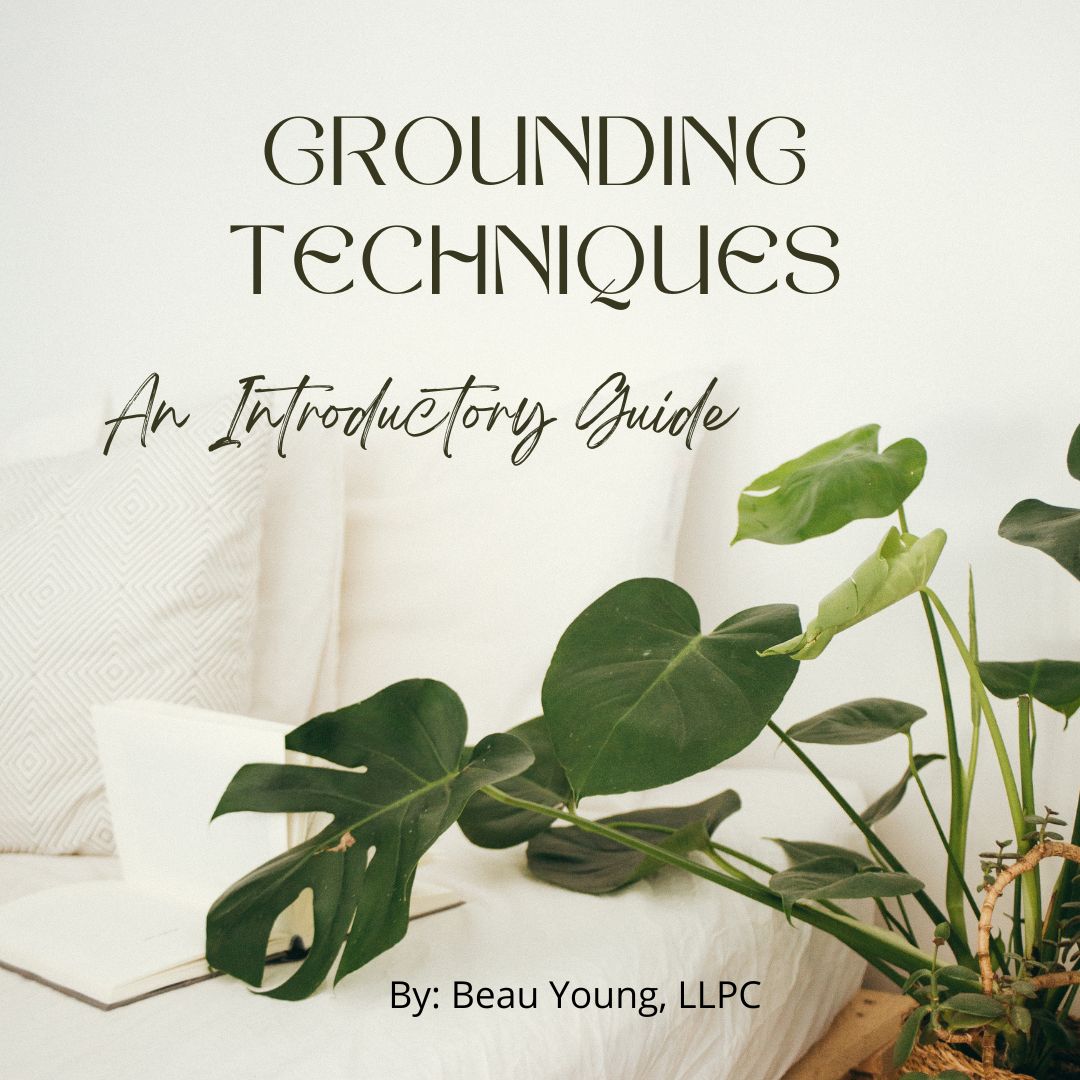
What are Core Beliefs?
By: Beau Young, MA. LLPC
Core beliefs are our most central beliefs about ourselves, others, and the world around us. These beliefs are formed through our first experiences throughout childhood, but can sometimes be formed in adulthood through traumatic events. Each person has a different combination of both positive and negative core beliefs.
For example, if one is bullied for their intelligence level throughout their childhood, they may eventually internalize this message and begin to believe that they must be dumb. Alternatively, if a child is given positive reinforcement on a consistent basis, they may believe they are perfectly capable and smart when giving their best effort. Either way, these beliefs impact many areas of life as we get older and have more diverse experiences.
These beliefs inform how we think, feel, and act in various situations and can contribute to both positive and negative thoughts, emotions, and behaviors. Negative beliefs tend to have more negative consequences on our lives as one enters adulthood and it is important to identify these so that they can be unlearned or reshaped into more positive beliefs, as well as to lessen the negative impacts they can have. More often than not, any negative core beliefs we may have about ourselves tend to subconsciously drive our thoughts, feelings, and behaviors. However, when in a heightened state, may come out to show themselves in the form of negative self-talk. This negative self-talk can have a number of negative consequences associated with it.
Some internal negative consequences of negative core beliefs are the following: low self-esteem, anxiety, depression, substance use, and difficulty handling stress. When these consequences go unchecked within ourselves, they can begin to impact the relationships we have with others. Some common negative consequences of negative core beliefs that impact relationships include: putting others’ needs ahead of our own, difficulty trusting others, being overly aggressive OR overly passive during conflicts, and feelings of inadequacy in relationships.
CBT therapy works through cognitive challenging and cognitive reframing to reshape these beliefs into more positive ones, in order to lessen the negative impacts on personal mental health and relationships with others. Therapists who utilize these CBT techniques can assist clients in overcoming negative core beliefs, which can lead to improvements in mental health across the board. Below, you can look over a few examples of negative core beliefs to help you determine whether it may be time to find a CBT therapist who can help work with you to reframe these negative beliefs into that of a more positive set of beliefs.
CBT therapists may implement techniques such as cognitive reframing to help clients shift their negative self-speak into that of more positive self-speak. This negative self-speak often occurs without the client realizing that it’s happening. A trained ear can help point out when this is happening so that a client’s awareness of this behavior grows and they can begin to check themselves on it outside of session. An example of this may be if a client is explaining a recent experience of conflict with a friend in which they state, “I’m so stupid, I am such a bad friend”. The therapist may point this out to the client as an unhelpful line of thinking, before then reframing this on their own by asking “What can you learn from this experience?” or they may reframe by helping the client to rephrase this thinking error with, “Managing conflicts is challenging and everyone makes mistakes”.
If you relate to any of the following examples, BMT’s providers are here to help!
EXAMPLES:
- “I am weak”
- “I am a loser”
- “I am unlovable”
- “I am worthless”
- “People cannot be trusted”
- “My world is an unsafe and dangerous place”
- “I am a victim of circumstances”

